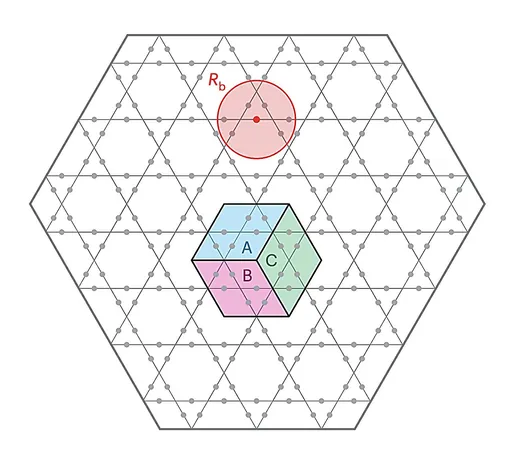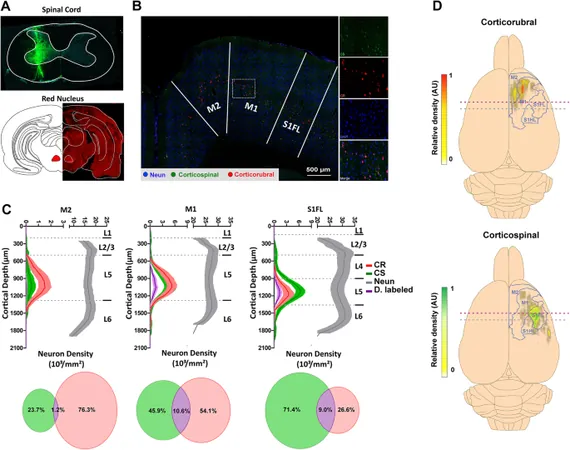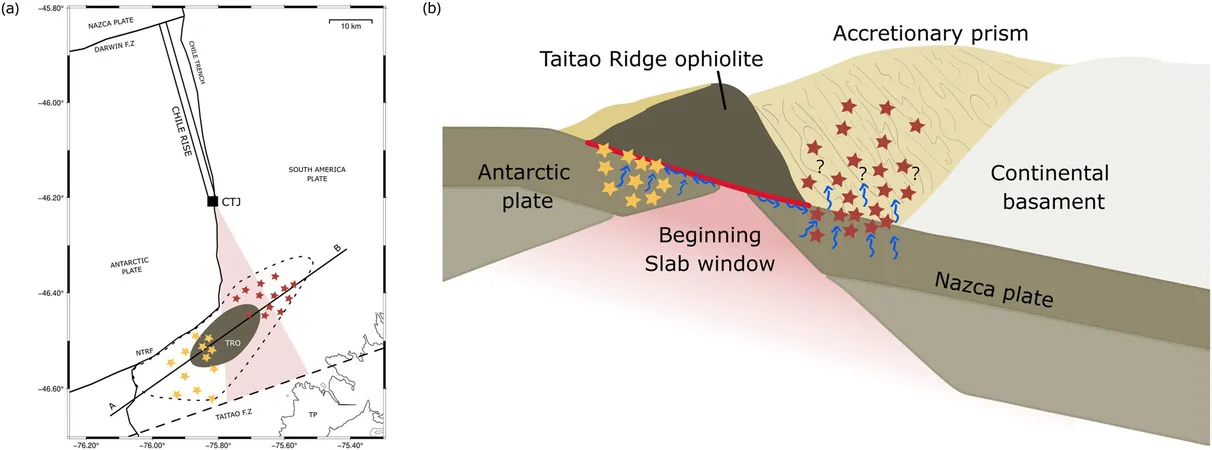
Unlocking the Secrets of Quantum Spin Liquids with Rydberg Atom Lattices
2025-08-17
Author: Jacques
what are topological quantum systems?
Topological quantum systems are fascinating physical entities whose properties hinge on the intricate connectivity of their underlying lattice, rather than on mere local interactions or microscopic structures. Understanding how these systems evolve over time and maintain long-range quantum correlations can be quite the puzzle, as their behavior cannot be neatly captured by traditional measures like magnetization.
a breakthrough at école polytechnique fédérale de lausanne
Researchers at École Polytechnique Fédérale de Lausanne (EPFL) have recently made waves by simulating a type of topological matter known as quantum spin liquid using an innovative numerical approach. This groundbreaking method, detailed in a recent publication in Nature Physics, leverages a widely adopted experimental technique involving Rydberg atoms—atoms excited to high-energy states by having one or more of their electrons energized.
the inspiration behind the research
The study was inspired by previous experiments conducted by Semeghini et al., who were one of the pioneers in observing a topological spin liquid outside of theoretical predictions. Linda Mauron, the lead author of the new study, explained, "Their research was crucial because it validated the existence of such states in the lab. However, we found that existing numerical benchmarks often overlooked critical aspects of these experimental setups, leading to potentially misleading comparisons."
a new way to simulate quantum states
In their quest, Mauron and her team harnessed a Rydberg atom-based simulator to recreate the elusive topological spin liquid. Their strategy, similar to several previous numerical simulation techniques, focuses on parameterizing the quantum state under investigation.
Mauron elaborated, "Rather than grappling with the immense challenge of computing probabilities for all possible states—which for a system with N spins can amount to 2^N unique states—we streamline the process by encoding the quantum state with just a few parameters that capture its defining features. Our unique approach allows us to focus directly on the correlations embedded within the wave function. This is a significant improvement over many standard simulation methods that falter as quantum entanglement escalates."
how it works: the t-vmc scheme
To simulate the evolution of the quantum state seamlessly over time, the researchers adopted a well-known numerical method called the time-dependent variational Monte Carlo (t-VMC) scheme. A remarkable aspect of this scheme is that it operates without requiring assumptions about the system's size, lattice shape, or time evolution.
"Our approach successfully simulates an experimental protocol on a Rydberg atom simulator with remarkable fidelity and scalability," Mauron stated. "This capability enhances our understanding of the experimental protocols used in quantum research."
the future of quantum simulations
The team not only validated their simulation strategy but was also able to predict intriguing values that remain elusive in real-world experiments, such as the topological entanglement entropy of a quantum system. This vital statistic helps differentiate an authentic topological quantum state from its disordered, non-topologically ordered counterparts.
Looking ahead, Mauron and her colleagues are eager to adapt their groundbreaking methods for simulating various quantum devices and protocols, shedding new light on the dynamics of quantum spin liquids. "We are committed to deepening our exploration of the characteristics of states cultivated through our proposed protocols," she added.









 Brasil (PT)
Brasil (PT)
 Canada (EN)
Canada (EN)
 Chile (ES)
Chile (ES)
 Česko (CS)
Česko (CS)
 대한민국 (KO)
대한민국 (KO)
 España (ES)
España (ES)
 France (FR)
France (FR)
 Hong Kong (EN)
Hong Kong (EN)
 Italia (IT)
Italia (IT)
 日本 (JA)
日本 (JA)
 Magyarország (HU)
Magyarország (HU)
 Norge (NO)
Norge (NO)
 Polska (PL)
Polska (PL)
 Schweiz (DE)
Schweiz (DE)
 Singapore (EN)
Singapore (EN)
 Sverige (SV)
Sverige (SV)
 Suomi (FI)
Suomi (FI)
 Türkiye (TR)
Türkiye (TR)
 الإمارات العربية المتحدة (AR)
الإمارات العربية المتحدة (AR)